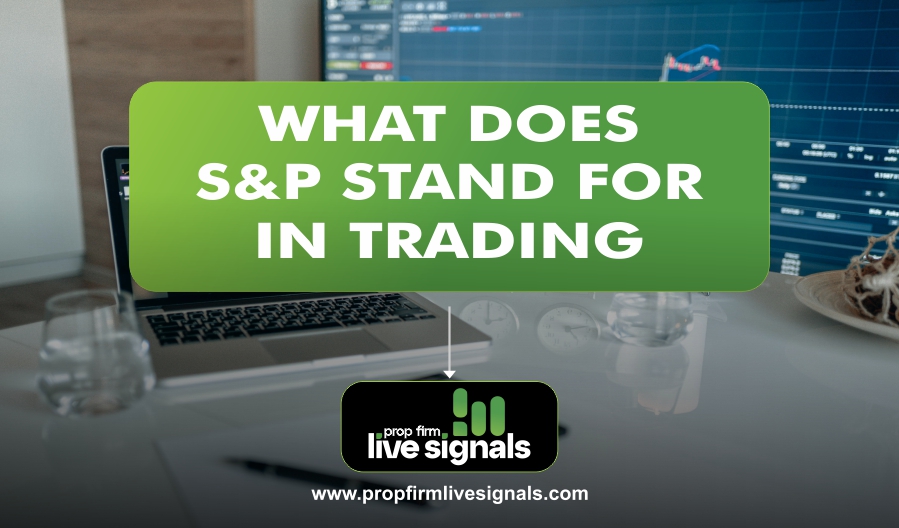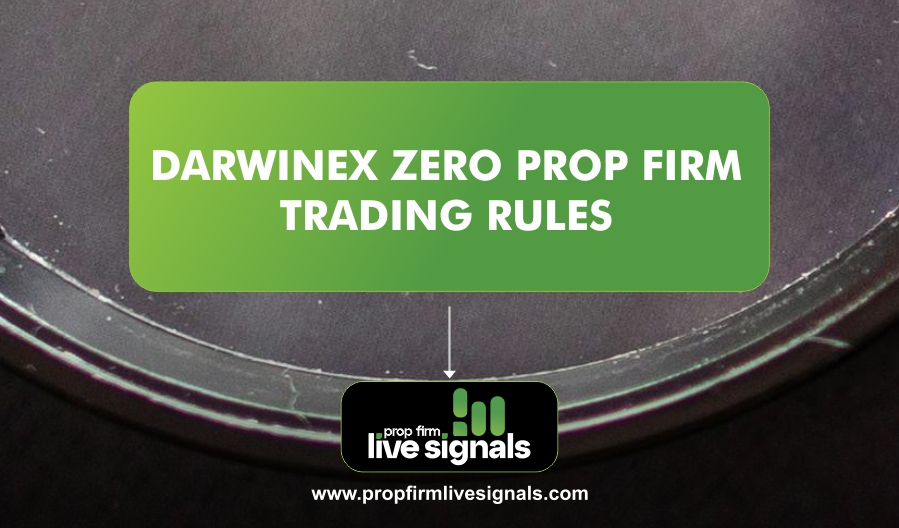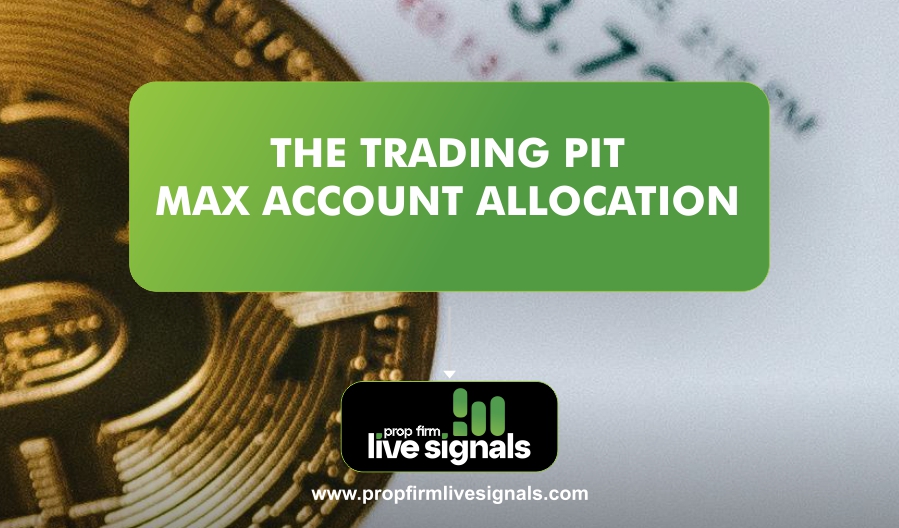Understanding of S&P stand for in trading
Standard & Poor’s (S&P) is a financial services company that provides market indices, credit ratings, and investment research. The most famous product associated with S&P is the S&P 500 Index, a stock market index that tracks the performance of 500 of the largest publicly traded companies in the United States.
Brief History of Standard & Poor’s
Standard & Poor’s has a long history in the financial world:
- It was founded in 1860 by Henry Varnum Poor as a company that provided financial data on the railroad industry.
- In 1941, Poor’s Publishing merged with the Standard Statistics Bureau to form Standard & Poor’s (S&P).
- Over the years, S&P became a major player in financial markets, offering credit ratings and stock market indices.
- It is now a part of S&P Global, a multinational corporation that provides financial information and analytics.
Evolution of S&P
- The transition from a simple railroad statistics provider to a global financial powerhouse.
- The growth of its influence in the stock market and economy.
- The merger with McGraw-Hill in 1966 and later becoming part of S&P Global in 2016.
What is the S&P 500 Index?
The S&P 500 Index is the most well-known index provided by Standard & Poor’s. It is widely regarded as one of the best indicators of the overall performance of the U.S. stock market.
Key Features of the S&P 500:
- It includes 500 of the largest publicly traded companies in the U.S.
- It is weighted by market capitalization, meaning larger companies have more influence on the index’s movement.
- It covers multiple industries, making it a diversified representation of the stock market.
- The index is maintained by a committee that selects companies based on size, liquidity, and industry representation.
- It serves as a benchmark for investors and fund managers to compare their portfolios against.
How is the S&P 500 Calculated?
The S&P 500 is a market-cap-weighted index, meaning the total value of the index is calculated based on the market capitalizations of the companies included. The formula is:
where the divisor is adjusted to maintain consistency over time.
Other Important S&P Indices
Apart from the S&P 500, Standard & Poor’s manages several other indices, including:
1. S&P Dow Jones Indices
S&P is also part of S&P Dow Jones Indices, which manages various stock market indices, including:
- S&P 400 MidCap Index (Tracks mid-sized companies)
- S&P 600 SmallCap Index (Tracks smaller companies)
- S&P 1500 Composite Index (A combination of large, mid, and small-cap companies)
2. S&P 100 Index
This is a subset of the S&P 500 and includes 100 large-cap U.S. stocks, often used for options trading.
3. S&P Global Ratings
Standard & Poor’s also provides credit ratings for companies, governments, and financial instruments. It ranks financial stability using grades like AAA, AA, A, BBB, etc.
4. S&P Commodity Indices
These indices track commodity markets, including oil, gold, and agriculture.
Why is the S&P 500 Important for Traders and Investors?
1. Market Performance Indicator
Investors consider the S&P 500 a barometer of the U.S. economy because it represents a diverse set of industries.
2. Benchmark for Investment Portfolios
Investors compare their investment returns with the S&P 500 to measure performance.
3. Passive Investing Through ETFs and Index Funds
Many investors use Exchange-Traded Funds (ETFs) and index funds that track the S&P 500 for diversified, low-cost investing.
4. Influences Global Markets
Since the S&P 500 contains the biggest U.S. companies, global markets react to its movements.
Advanced Trading Strategies Involving the S&P 500
1. Day Trading the S&P 500
- Using S&P futures and options to make short-term trades.
- Analyzing volatility trends and price movements.
2. Swing Trading with the S&P 500
- Holding positions for days or weeks to capitalize on market trends.
- Using technical indicators like moving averages and RSI.
3. Long-Term Investing with S&P 500 ETFs
- Building a retirement portfolio using low-cost index funds.
- Understanding compound interest and dividend reinvestment.
Conclusion
The S&P in trading refers to Standard & Poor’s, a major financial services company best known for its S&P 500 Index. Understanding its role in global finance, trading strategies, and economic indicators can help investors and traders make informed decisions.
The S&P 500 is more than just a stock market index; it reflects the overall health of the U.S. economy and serves as a benchmark for investment success. For traders, it offers opportunities for short-term gains through futures, options, and ETFs. For long-term investors, it provides stability and growth potential, making it an essential part of many retirement and wealth-building portfolios.
By analyzing historical trends, economic indicators, and market movements, traders can use the S&P 500 to develop effective strategies that align with their financial goals. Understanding the factors that influence the index, such as corporate earnings, interest rates, and economic cycles, allows investors to make informed decisions and mitigate risks.
As global markets continue to evolve, the S&P 500 remains a crucial tool for investors worldwide. Whether you’re a beginner or an experienced trader, leveraging the insights and trends of the S&P 500 can enhance your investment strategy and help you navigate the complexities of the financial markets.
By mastering the S&P 500, traders can leverage its power for both short-term gains and long-term wealth building. Staying informed, diversifying portfolios, and understanding market movements will help investors maximize their returns and achieve their financial aspirations.
Frequently Asked Questions (FAQs)
What is the difference between the S&P 500 and Dow Jones?
The S&P 500 tracks 500 companies and uses market-cap weighting, whereas the Dow Jones Industrial Average (DJIA) tracks only 30 companies and uses price weighting.
How can I invest in the S&P 500?
You can invest in the S&P 500 through index funds, ETFs (like SPY or VOO), and mutual funds that track the index.
Is the S&P 500 better than the Nasdaq?
It depends on your investment goals. The S&P 500 is more diversified, while Nasdaq is tech-heavy and more volatile.
Does the S&P 500 include international companies?
No, the S&P 500 only includes U.S.-based publicly traded companies.
How often is the S&P 500 updated?
The committee reviews the index quarterly and adds or removes companies based on their market capitalization and financial stability.
Can the S&P 500 go to zero?
It is highly unlikely, as the index includes 500 top companies and is constantly updated. However, it can experience major declines during economic crises.




